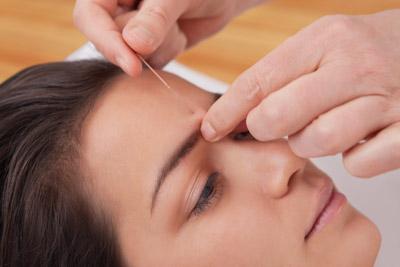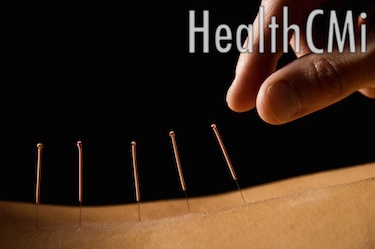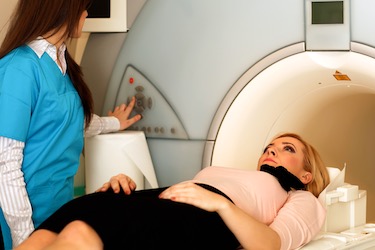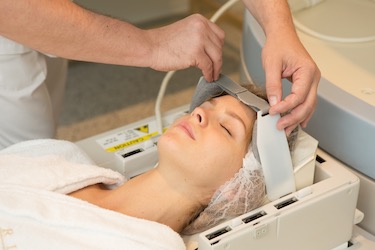Acupuncture For Migraines, Insomnia, and Pain
Audio Course Sample

The course is presented as a listening experience. This allows for a relaxing learning environment whether traveling or at home. Below is a sample of the course material. After making a purchase, the course may be downloaded as an MP3 for use on your computer, phone, or other device on several formats. The course may also be played on the website as in the example below. Additionally, the podcast option allows for easy access for iTunes users. The various download and audio player options ensure access on any listening device.
Website Player Samples (course materials include additional download and podcast options):
Sample 1:
Sample 2:
Optional Reading Material Included
Supplementary reading material links are provided in the online course download. This provides a quick way to review the audio course, including acupuncture point prescriptions and references to research. Below are a few examples of reading materials included in the course links section:
Sample 1:
A Stanford University study finds acupuncture effective for reducing the need for sedative medications for neonates and infants undergoing treatments in the intensive care unit. Dr. Golianu, MD (Department of Anesthesiology, Stanford University), Christina Almgren, PNP (Stanford Children’s Health, Stanford University), et. al., note that high doses of opioids and benzodiazepines are often required for neonates and infants for the purposes of pain management and sedation. Cessation from medications lead to withdrawal symptoms and irritability. The researchers cite acupuncture’s documented ability to reduce pain, irritability and withdrawal symptoms... (more in course materials)
Sample 2:
Acupuncture reduces lower back pain and disc degeneration. A new study demonstrates that electroacupuncture applied to specific acupuncture points on the back stimulates beneficial biochemical bodily responses that benefit the spine. Researchers successfully measured scientifically repeatable chemical responses to acupuncture that suppress intervertebral disc degeneration. 
The controlled acupuncture continuing education study compared true acupuncture with sham acupuncture to ensure that placebo responses to treatment were eliminated as variables. The laboratory experiment examined the effects of electroacupuncture at Jiaji (EX-B 2) points on the axially compressed lumbar discs of L4 and L5. Acupuncture was applied for a total of 20 minutes, once per day, for a total of 28 days. Electroacupuncture was administered at 2 - 15 Hz at 1 -2 mA bilaterally.
Compression of the lumbar discs induces pain, inflammation and disc degeneration. Two important chemical processes are involved in the body’s response to compression. Pain and degeneration of the spine are created, in part, by an inflammatory cascade of two proteins in the lumbar discs: increased matrix metalloproteinase-13 (MMP-13), decreased tissue inhibitor of metalloproteinase-1 (TIMP-1) proteins. The sham acupuncture group did not influence protein expression. However, the true Jiaji (Huatoujiaji) acupuncture group successfully reduced MMP-13 and upregulated TIMP-1 levels. The changes were clinically significant and the researchers note that increases in TIMP-1 are “remarkably higher” when electroacupuncture is... (more in course materials)
Sample 3:
Magnetic resonance imaging (MRI) reveals that acupuncture prevents and relieves migraines by restoring normal brain functions. MRI results demonstrate that acupuncture decreases the frequency and duration of migraine attacks by increasing functional connectivity in the brain’s frontal and temporal lobes.  The researchers add that the MRI data reveals the “neural mechanisms of acupuncture treatment for migraine.”
The researchers add that the MRI data reveals the “neural mechanisms of acupuncture treatment for migraine.”
Brain regions of the frontal and temporal lobes have “decreased functional connectivity” in migraine sufferers. The MRI results demonstrate that acupuncture restores functional connectivity in the affected regions. After a four week course of acupuncture treatment, migraine sufferers “showed significantly increased functional connectivity in the bilateral superior frontal gyrus, medial frontal gyrus, precuneus, inferior parietal lobule, posterior cingulate cortex, cingulate gyrus, superior temporal gyrus, middle temporal gyrus, and supramarginal gyrus as compared with before acupuncture treatment.” In addition, the researchers conclude that acupuncture decreases the frequency and duration of migraine attacks after a four week course of acupuncture therapy.
The researchers note that a large body of clinical research concludes that “acupuncture is able to alleviate headache degree and/or improve the quality of life and it is safe and at least as effective, if not more effective than prophylactic drug treatment.” (more in course materials)
Sample 4:
MRI studies reveal the neurological mechanisms of acupuncture on human health. Research published in Autonomic Neuroscience demonstrates that stimulation of specific acupuncture points induces hemodynamic changes in specific brain networks. The researchers add that brain networks accessed by specific acupuncture points relate to specific medical disorders and suggest an “acupoint-brain-organ” pathway. 
Functional magnetic resonance imaging (fMRI) studies reveal specific acupuncture point effects in the brain through blood-oxygen-level dependent (BOLD) measurements. In a meta-analysis of 82 fMRI studies, researchers found a large body of evidence supporting acupuncture point specificity. This applies to both manual acupuncture and electroacupuncture. True acupuncture point stimulation induced specific cortical effects whereas sham acupuncture did not. In addition, the researchers note that acupuncture point stimulation produces significantly “more positive and negative hemodynamic signal response(s) in brain regions compared with sensory stimulation used as a control condition.”
Many important findings were confirmed. Acupuncture exerted a stimulus that “could induce beneficial cortical plasticity in carpal tunnel syndrome patients.” It was also demonstrated that acupuncture relieved pain “by regulating the... (more in course materials)
Note:
Additional reading materials are provided for other topics presented including fibromyalgia, post-operative pain, lower back pain, depression, insomnia, and migraines.

